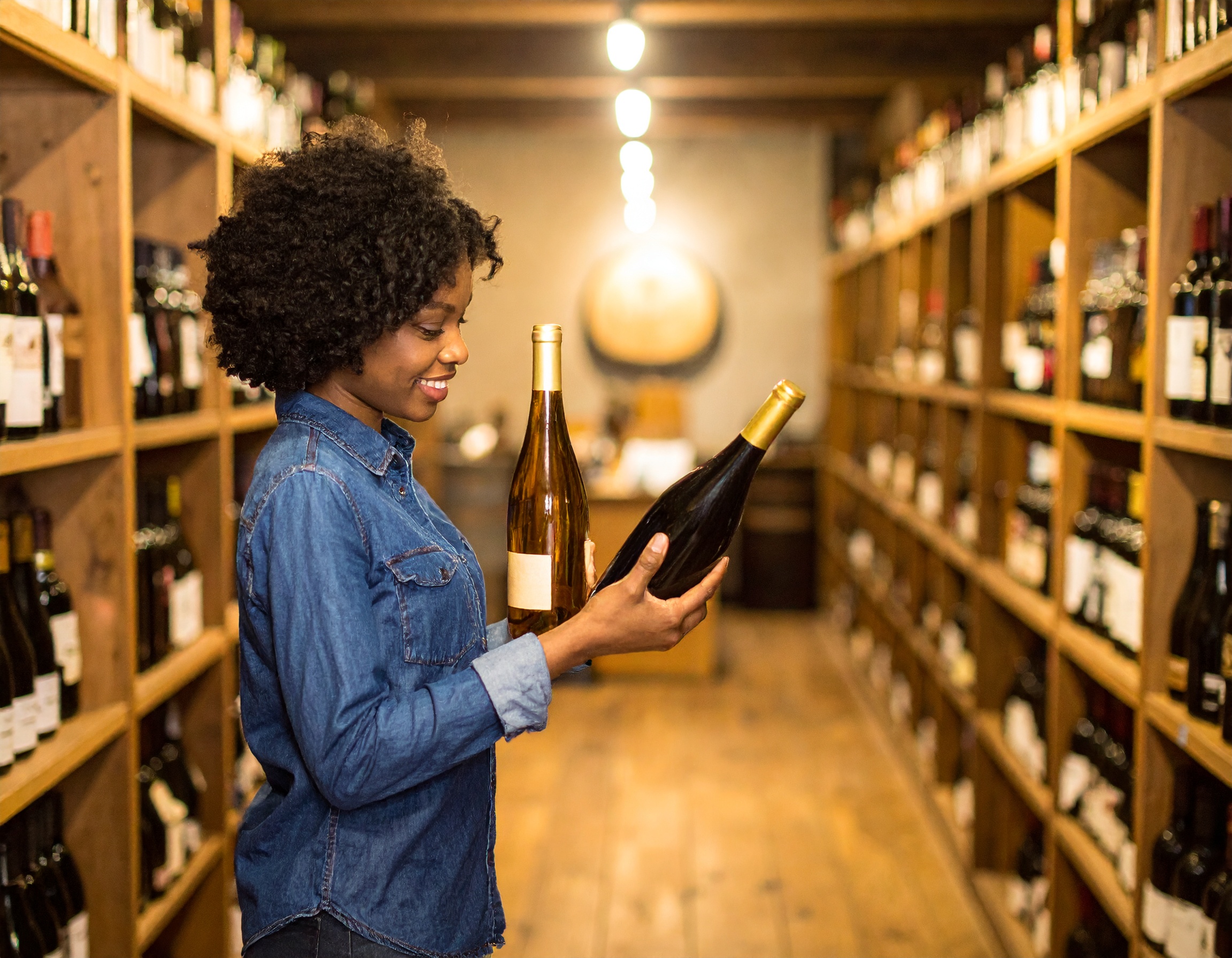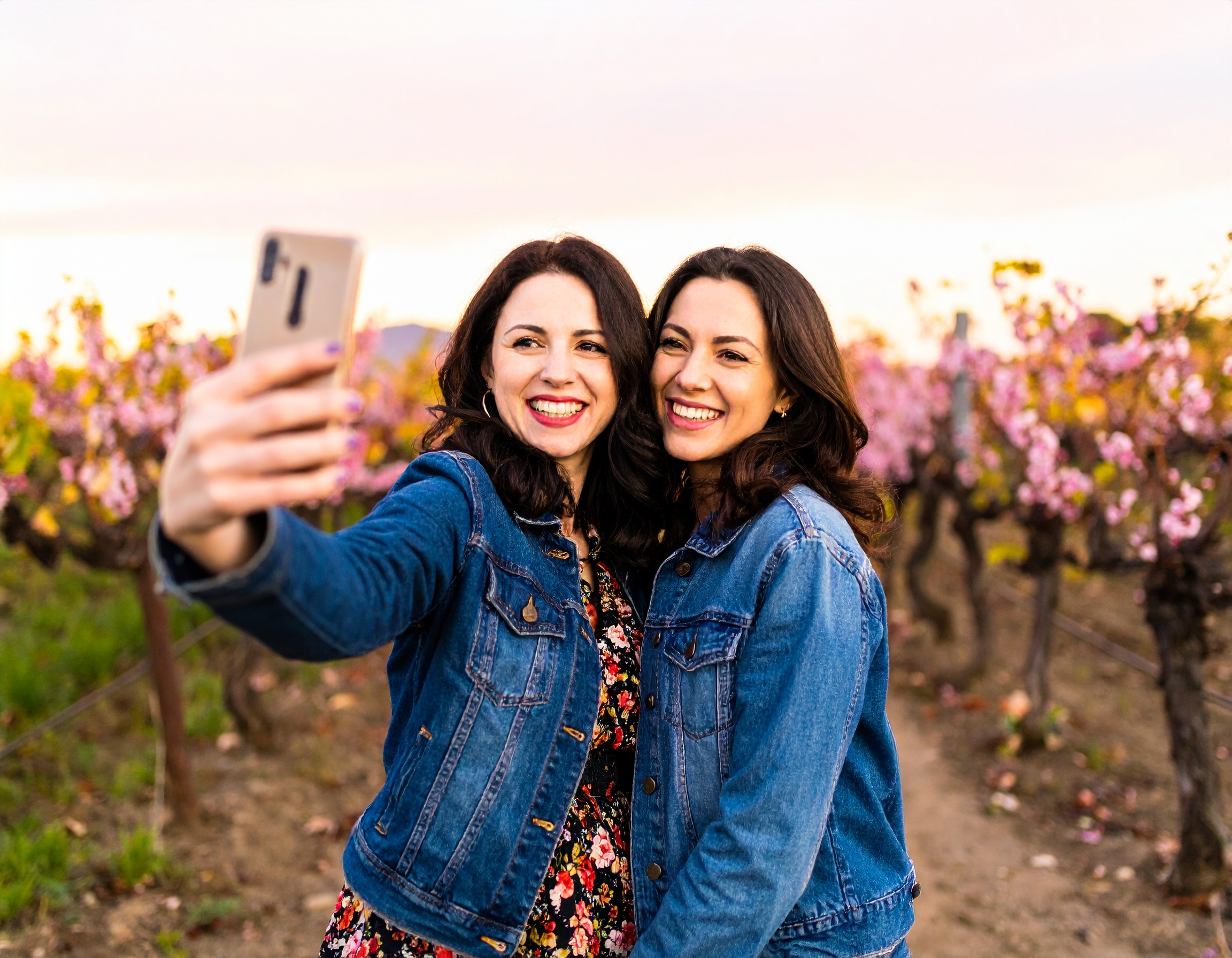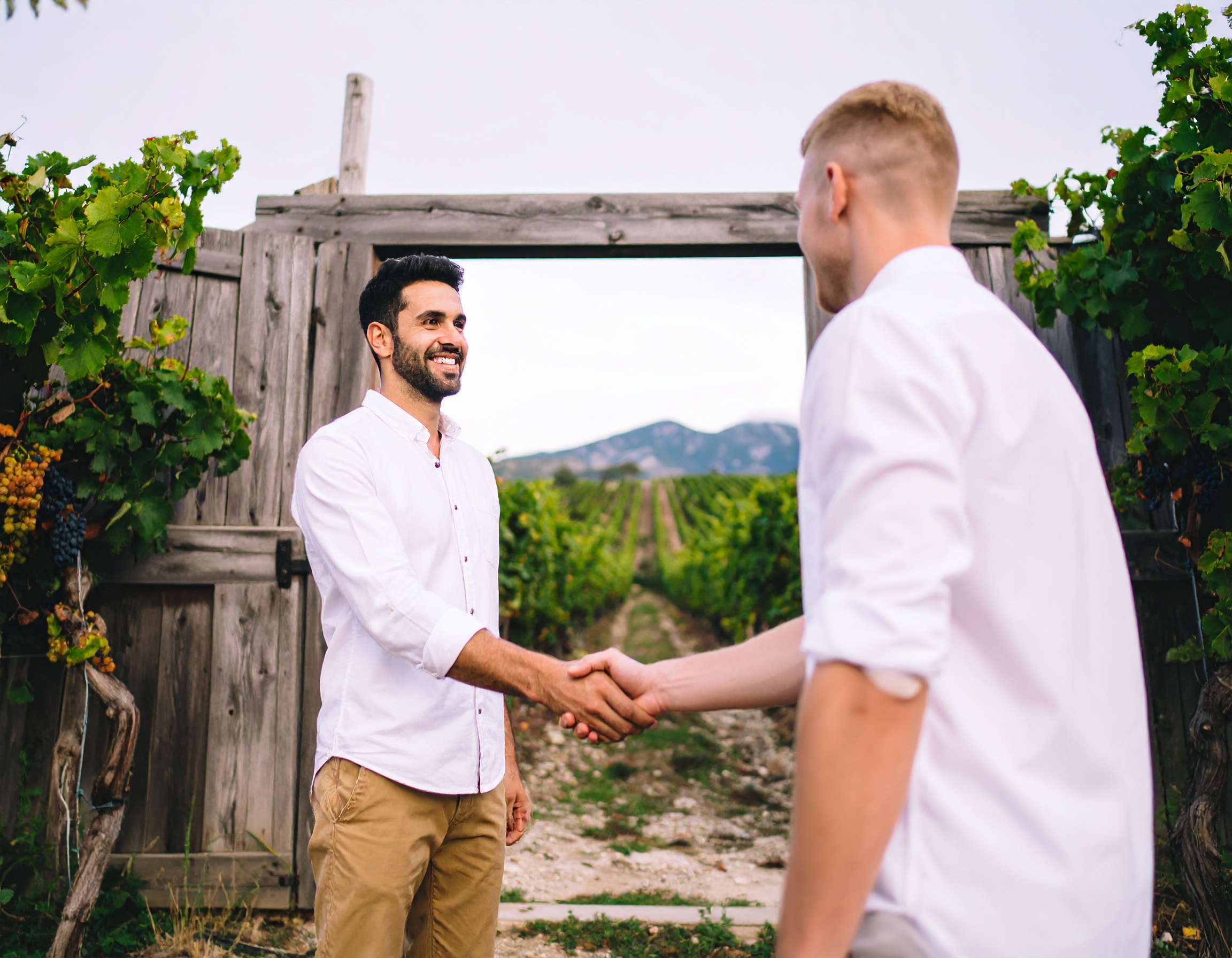
From Pour to Purpose
Ten ways wineries can evolve from selling bottles to creating experiences that resonate with a new generation.
If I told you a winery just opened with no vineyard, no winemaker on staff, and no interest in talking about terroir… would you visit? What if I told you it had a silent disco in the barrel room, a drag brunch series, and a 3-month waitlist for a zero-proof pairing menu?
Those wineries exist. And they’re thriving. Because for a new generation of visitors, the wine isn’t the reason—it’s the reward. It’s not about what you pour anymore. It’s about how you make people feel.
And we used to excel at this. But then we woke up one day… and it wasn’t working like it used to. The same offers stopped converting. The same messages started falling flat. The same visitors didn’t come back. And it’s not because we got worse at what we do. It’s because the customer changed. What they want. How they behave. Where they show up. Why they buy. So, the question now isn’t “What went wrong?” It’s “Who are we selling to today?”
Let’s review what they’re looking for. Each of the ten shifts is followed by a prompt or question you can take back to your team. Something to spark discussion at your next staff meeting, leadership retreat, or even just your next walk through the tasting room. Because these ideas aren’t just concepts—they’re invitations to rethink, reframe, and reimagine what your guest experience could look like.
Value #1: Options
Yesterday’s consumer appreciated simplicity. At retail, they picked from what was on the shelf. At the winery, they chose between red or white. In the club, they got the winemaker’s selection—and were happy to receive it. A choice between two or three options? That felt like luxury. But today’s consumer—especially Millennials and Gen Z—lives in a different world entirely. They’ve grown up in an economy of limitless choice.
Take Shein, for example—often cited as a Gen Z favorite. At any given time, that website features over 600,000 products. And they add up to 10,000 new styles per day.
That’s not a product catalog. That’s an infinite scroll buffet. And that behavior—scroll, sort, save, swap, filter, build your own—isn’t just how they shop for clothes. It’s how they expect to interact with everything. They want control. They want flexibility. And they want to feel like they’re curating an experience that fits them—not adapting themselves to yours.
So what does that mean for wine? It means the pre-set flight might not cut it. It means the fixed club shipment may feel impersonal. And it means our biggest opportunity isn’t just what we offer—but how we let them choose it. Flexibility is no longer a perk. It’s the expectation. And the brands that bake in choice—from tastings to tiers to tech—are the ones that will feel modern, relevant, and worth coming back to.
Discussion Questions for Your Staff & Management:
- What alternative formats or alcohol levels can we offer?
- Are we inclusive of no/low options, or do we still assume everyone wants a full pour of14% Cab?

Value # 2: Discovery and Trial
Yesterday’s consumer wanted to find a favorite. Today’s consumer wants to keep discovering. The internet never ends—so neither does their scroll. Algorithms, ads, and endless options mean there’s always something new to try. Loyalty? Why? Why would you buy the same thing twice when there is so much to try?
But that has also emboldened us. Trying a new wine doesn’t feel risky anymore—it feels exciting. Discovery is the experience. It’s not the step before loyalty—it replaces it. So if we want to stay relevant, we have to make exploration part of our offer: Rotating flights. Limited drops. Unexpected pairings. Something worth coming back for—not just rebuying. Because when novelty is everywhere, same-old won’t stand out.
Discussion Questions for Your Staff & Management:
- How easy is it for someone to explore our wines without committing to a full bottle or joining the club?
- Could we offer mini bottles, samplers, or “try before you buy” packs?
Value #3: Convenience
In the past, access was the ultimate goal. When you had to order things through catalogs or go to your local store to see if “that thing” you saw in a magazine was available in your area, having an inside track to products was important. Now, it’s pretty much useless. You don’t need special access. If money’s no object, you could have a bottle of Mouton Rothschild delivered to your door by dinner.
Access isn’t hard anymore. What’s hard is making it easy. Today’s luxury is convenience. It’s speed, simplicity, and control. DoorDash, Prime, one-click checkout—that’s what consumers expect. Not a complex tasting room booking form or a club order via phone call. If the experience is clunky, it doesn’t feel premium—it feels outdated – and, honestly, rude. Convenience isn’t about cutting corners. It’s about respecting time.
And the brands that make it easy? They’re the ones who feel worth staying with.
Discussion Questions for Your Staff & Management:
- Can guests book, buy, and learn from us with ease?
- Are we mobile-friendly, quick to respond, and available when people are actually looking?
Value #4: Value Alignment
Today’s consumer isn’t just buying what you sell. They’re buying why you sell it. They want to know your values—up front. What do you believe in? How do you treat people? What’s your environmental footprint?
Because for them, product quality and brand values are intertwined. An amazing wine that feels ethically tone-deaf? Hard pass. A halfway decent wine from a brand that shares their values? Instant heart emoji. Especially with younger consumers, purpose drives purchase. They want brands that reflect their worldview—not just their palate. So if you’re not telling people what you stand for, don’t assume they’ll stick around to figure it out. Because today, clarity is currency. And silence is a story, too.
Discussion Questions for Your Staff & Management:
- Do our brand values show up in our experience-not just in copy, but in behavior?
- Would someone browsing our site or walking into our tasting room know what we stand for?
Value #5: Self-Expression
It’s easy to dismiss posting online as vain or superficial. But for younger generations, it’s how they connect. How they communicate. How they belong. A post isn’t just a picture. It’s a statement. “This is who I am. This is what I value. This is where I’ve been.”
And when they choose to share your winery, your experience, your wine—it’s not random. It means your brand aligns with their identity. That’s powerful. So, if the space you create doesn’t offer moments worth capturing…you’re missing a major opportunity to be part of their story. Because for today’s consumers, if it’s not shareable, it’s forgettable. And being seen on their feed might matter more than being remembered in your CRM.
Discussion Questions for Your Staff & Management:
- Does our winery give people something to connect with and share?
- Are we offering moments and messaging that reflect their identity-not just ours?

Value #6: Education Without Ego
Education used to be the core of the winery experience. We told visitors how wine is made. Why our soil matters. What flavors to find in the glass. And while that worked for generations who came to learn, today’s guests come to explore. Education implies hierarchy: “I know something you don’t.” Rules. Correct answers. A right way to taste.
Exploration is different. It’s open. Personal. It says, “Let’s see what you discover.” Modern consumers don’t want to be corrected. They want to be included. So if we trade the lecture for a conversation, we don’t lose authority. We gain engagement. Because the best experiences today don’t feel like school. They feel like discovery.
Discussion Questions for Your Staff & Management:
- Are we making wine more approachable or more intimidating?
- How can we reframe our story so it invites rather than lectures?
Value #7: Community & Belonging
For previous generations, discovering something special was a private thrill. A tucked-away winery. A hard-to-find bottle. A quiet restaurant. The instinct was to protect it. To keep it close. Because having access meant having an edge.
But today’s consumer is wired differently. The first instinct isn’t to hide the experience—it’s to share it. To tag a friend. Post a photo. Spread the word. Why? Because for this generation, joy is amplified through connection. Sharing isn’t about showing off—it’s about pulling others in. Community is the new currency. And that means creating spaces, products, and moments that feel worth passing on. If your brand gives people something to share, it gives them a way to belong. And belonging is a much stronger bond than exclusivity ever was.
Discussion Questions for Your Staff & Management:
- What are we doing to create a sense of welcome and shared experience beyond a transaction?
- Are we building a community-or just a customer list?
Value #8: Transparency
Today’s consumers are savvy—and skeptical. Especially online, where everything can be filtered, staged, or Photoshopped. And if every image is too perfect, every bottle too polished, every person too posed…it starts to feel like a façade. The result? Disconnection. Distrust. A scroll-past, not a double-tap.
Transparency isn’t just a virtue—it’s a strategy. It builds trust. It signals confidence. And it’s one of the fastest ways to stand out in a crowded, curated world. Show your team. Show your process. Show the messy harvest days, not just the golden-hour tastings. Because consumers don’t expect perfection anymore. They expect honesty. And when they see themselves reflected in your story, they’re far more likely to want to be a part of it.
Discussion Questions for Your Staff & Management:
- Are we clear and open about how we make our wine, how we price it, and what’s inside? Or are we still hiding behind wine-speak and vague terms?

Value #9: Emotional ROI
Picture your customer.
She’s working full-time. Maybe raising kids, managing a household, checking in on aging parents. Her phone never stops buzzing. Her weekends are booked out. Her to-do list is a mile long. And still—she carves out time, gets in the car, and drives an hour out of the city to come to your event.
That’s not casual. That’s a commitment.
She could’ve gone to brunch, taken a nap, or stayed home and done nothing—which sounds pretty great, honestly. Instead, she picked you.
So when she leaves your tasting room and heads back down the highway, she’s asking herself one question: ”Was it worth it?” Was it meaningful? Memorable? Did she feel welcome—not just as a buyer, but as a person? Because that’s Emotional ROI. It’s not about the wine—it’s about how the whole experience made her feel.
If the answer is yes, she’ll come back. She’ll tell her friends. She’ll bring them next time. If not? She won’t complain. She just won’t return. And you won’t even know you lost her.
Discussion Questions for Your Staff & Management:
- What emotional payoff does someone get from visiting us? Do they feel joy, wonder, connection, or just… meh?
Value #10: Frictionless Access
Yes—we’ve said access isn’t the crucial selling point it used to be. And it’s true: rare wine, limited clubs, remote locations—they don’t carry the same cachet anymore.
But let’s be clear: access still matters. It’s just… expected.
Today’s consumer assumes they can get what they want, when and how they want it. Not because they’re entitled—but because that’s the world they live in. They can book a cabin, schedule a haircut, and buy a car—all from their phone, in minutes. So if buying your wine, visiting your tasting room, or joining your club feels complicated? You’re not exclusive—you’re inconvenient. Frictionless access isn’t about removing effort. It’s about removing unnecessary effort. Make it simple. Clear. Mobile-friendly. Immediate.
That’s the new luxury.
Because the minute someone must call, wait, or wonder? You’ve lost them to someone who made it easier.
Discussion Questions for Your Staff & Management:
- Where are the hidden barriers in our experience?
- What small points of friction, online or in person, could be costing us future fans?
Don’t just file these ideas in a folder. Use them. Add to them. Argue with them. That’s how real change starts.
We are not in a wine recession. We are in a wine realignment. The future isn’t less wine. It’s wine in a new context. Let’s stop selling bottles—and start creating reasons for customers to show up, stay longer, and come back.


